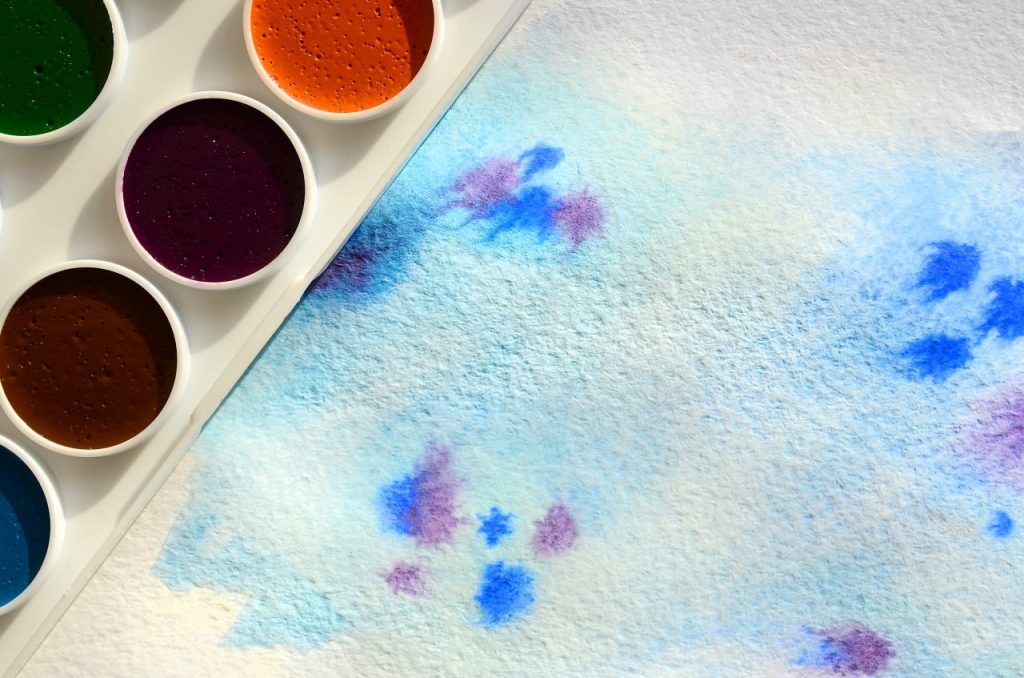Introduction:
Creating a watercolor portrait is one of the most rewarding yet challenging tasks in the world of painting. The delicate balance of capturing the essence of a person while handling the fluidity of watercolors requires skill, patience, and practice. Whether you’re painting a family member, a friend, or a famous figure, mastering watercolor portraiture will elevate your art. In this article, we’ll explore essential tips to help you create a beautiful and lifelike watercolor portrait.
1. Start with a Light Sketch:
Before diving into the world of watercolors, it’s important to begin with a light pencil sketch of the portrait. Focus on the basic shapes and proportions of the face—eyes, nose, mouth, and head shape. Keep the sketch light and soft to avoid heavy pencil lines showing through the paint. Take your time to get the proportions right, as accuracy is key to a lifelike portrait.
Tip: Use a 2H pencil for sketching, as it creates light, easily erasable lines.
2. Work with a Limited Palette:
When painting portraits, less is often more. Choose a limited color palette to keep the portrait cohesive and harmonious. Many artists prefer mixing their own skin tones by combining pigments like yellow ochre, cadmium red, and ultramarine blue. By using just a few colors, you’ll avoid muddying the skin tones and ensure a more natural, balanced look.
Tip: Mix a few warm and cool tones to achieve depth in the skin. Experiment with different combinations of red, yellow, and brown to create realistic flesh tones.
3. Focus on the Eyes and Expression:
In portraiture, the eyes are often considered the most important feature. They convey emotion and give life to the painting. Use a mix of wet-on-wet and wet-on-dry techniques to capture the detailed whites of the eyes, the dark pupils, and the surrounding shading. Pay special attention to the eyelids, lashes, and the area around the eyes to make them look realistic.
Tip: When painting the eyes, use a fine-tipped brush for the iris and pupil. Don’t forget to add highlights to the eyes to give them life and vibrancy.
4. Build Layers Gradually:
Watercolor requires a layering approach. Start with light washes and build up your layers slowly, letting each one dry before applying the next. This allows you to control the intensity of the colors and the details you add. For skin tones, begin with a light wash of color, then gradually add more layers to build depth and shadows.
Tip: To create realistic shadows on the face, mix a neutral brown or grey and use it to deepen the areas around the nose, under the chin, and around the hairline. The more layers you build, the more dimension your portrait will have.
5. Use Soft Brushstrokes for Skin Texture:
Watercolor is ideal for achieving soft, fluid textures, making it perfect for painting skin. To create smooth, natural-looking skin tones, use soft brushstrokes, especially when blending the colors on the face. For areas like the cheeks, forehead, and chin, try using wet-on-wet technique to keep the transition between light and shadow gentle and seamless.
Tip: Avoid harsh lines for skin tones. Instead, blend colors carefully to create a soft gradient effect that mimics the natural flow of skin.
Conclusion:
Watercolor portrait painting requires practice, patience, and a good understanding of color mixing, brush techniques, and facial proportions. By focusing on the essential elements of a portrait, such as the eyes, skin tones, and expression, you can create lifelike, vibrant portraits that truly capture the essence of the subject. Don’t be discouraged by mistakes—they’re an important part of the learning process. Keep practicing, and soon your watercolor portraits will shine with depth, character, and emotion.

